5 °c Wind speed: 7.5 km/h Precipitation: 8.5 % Cloudiness: 71 % Humidity: 88.5 mm Pressure: 8.5 mb
Stirling Old Town Jail
Saint John Street 4D
Stirling
FK8 1EB
United Kingdom
Description
Stirling Old Town Jail is Scotland's mood and most reminiscent of its historic vistas. This ancient jail in 19th-century guise, over the medieval medieval Old Town streets of Stirling, provides a glimpse into prisoner life and the brutal realities of penal existence in 19th-century Britain. Legendary now not just for ancient buildings but for sensory tours, exhibition, and a whisper of history nervously echoing along ancient walls.
What Is Stirling Old Town Jail?
A museum, but a more-than-a-museum, and living history experience to immerse oneself in. Starting in a red sandstone Victorian building, the jail itself was the town's municipal jail house from 1847 until it closed in 1885. In contrast to great big houses or stately castles, the appeal of this venue is unvarnished authenticity. Tourists get to stroll through the thin halls, look through iron-barred debtor cell bars, and even occupy the thin alcoves previously debtor's, felon's, and occasional political prisoner's cells.
Now in the twenty-first century, Historic Environment Scotland manages the property and has reopened it as an interactive visitor center. Instead of passively gazing at artifacts in glass display cases, the Old Town Jail engages visitors actively: dressing up in costume, touching real prison equipment, and conversing with actors dressed in prison warden and convict costume. The interactive element offers a more active experience of 19th-century justice and social attitudes toward crime.
A Brief History of Stirling Old Town Jail
Origins and Building
Stirling's tolbooths and lock-ups, which survived in the mid-19th century, were no longer adequate for the growing town. In 1843, a proposal was put forward that there should be a purpose-built prison on Dumbarton Road outside the old town walls. The plan, designed by architect Thomas Brown, was characteristic of later penitentiary architecture: efficient layout favoring security, vigilance, and moral rehabilitation over comfort and rehabilitation.
Finished in 1847, the jail had two enormous wings around a mid-administrative block. Each wing had a line of cells, which had thin slit windows that barely noticeably extended into the thick walls. Isolation cells, or "dark cells," were particularly notorious, designed to confine the most stubborn prisoners in darkness for as long as 24 hours a day.
Life Behind Bars Daily
Conditions within the Old Town Jail were primitive. They slept on straw pallets on cold stone, wore rough uniforms, and ate plain gruel three times a day. Exercise time was strictly regulated, and violations — such as disrespect to the guards or attempting to smuggle contraband into prison — could lead to rations lost, extra time in the lockup, or being hitched up in the treadmill room, a punishment device which forced prisoners to walk on ginormous wheel for hours straight.
Even though corporal punishment was formally ended in Scottish prisons at the beginning of the 19th century, the threat of handcuffs, solitary confinement, and public ridicule could still act as a strong deterrent. The discipline was enforced rigorously by the prison staff, drawn from the local police, and instances of harsh treatment were a typical feature in contemporary press.
By the 1880s, the reform movement of prisons was picking up momentum throughout Britain to have centralized prisons and uniform rules. Stirling Old Town Jail was shut down in 1885 to be replaced by newer, more expansive prisons at Perth and Edinburgh. The building remained vacant for decades — for a short time for warehousing and then for abandonment. It was not until the later decades of the 20th century that local conservationists and historians collaborated to preserve this extraordinary testimony to the social history of Stirling. Conservation in the early 2000s provided further security for the building and exposed important architectural detail, opening the way to its rededication as a living museum in 2015.
Interesting Facts and Anecdotes
Epic Ghost Stories: Stirling Old Town Jail is one that has remained continuously called Scotland's most haunted place. Cold spots in Cell Block B for no rational explanation, foot noises along empty hallways, and otherworldly voice noises in an old governor's office have been experienced by both staff members and tourists. Paranormal researchers have captured EVPs ("electronic voice phenomena") that reflect agitated spirits.
Infamous Prisoners: The most intriguing of the prisoners was a "Sandy McIntyre," whisky moonshiner and local whisky smuggler, who had been running an illicit whisky distillery in the Ochil Hills nearby. Convicted in 1868 of duty evasion and smuggling, McIntyre supposedly tunnelled his way to freedom on Christmas Eve — although no official record explains his ultimate destiny, as the basis for generations of local legend.
The Treadwheel Punishment: There was a solitary single solitary cell with a gigantic "treadwheel" machine, a hamster-wheel for humans. The prisoners were required to keep the wheel turning for hours, to pump water or grind corn. Though removed when the building subsequently fell out of use, the original machinery remained in good condition and is now still displayed.
Hidden Graffiti: During the course of renovations, employees discovered a cache of prisoner graffiti on walls — dates, names, crude doodles, and tearful declarations of wanting to reform their lives. Smaller, readable carvings have been placed behind glass, providing a spookily intimate connection with those now long dead.
Royal Association: Before the prison was built in 1715, the site served as a temporary government prison for prisoners-of-war during the Jacobite rising. Highland soldier POWs were kept in dirty cells here to be sent south; some perished in disease from the overcrowded cells, whose graves went into history.
Abnormalities in the Architectural: The initial ventilation system in the form of sloping air shafts let in very little light and air into the cells. Modern-day visitors may view the clever but cramped scheme at the cost of not being comfortable and taking security needs above all else while allowing the infamous damp, dank climate to be produced.
Why People Visit Stirling Old Town Jail
Interactive Historical Experience
Unlike the majority of the other ancient museums where they watch history from afar, Stirling Old Town Jail encourages them to get stuck in. They get dressed up in Victorian attire — hats, waistcoats, and frocks — and they are prisoners, warders, or reformers. "Lock-in" tours replicate the rhythm of a typical day at the slam, from roll call to exercise yard rounds to a genuine "evening lock-up" in simulated black-out darkness. Immersion reaches all ages and places bringing history in mind to life.
Workshops and Educational Programs
Educational workshops for school children in particular, college students, and adults are guided through the prison. The workshops cover subjects from Victorian social reform to the development of the justice system throughout history and psychology of solitary confinement. The lively debate brings to life the effort of reformers like John Howard and Elizabeth Fry, whose pressure resulted in the elimination of some of the savage practices. By situating the prison in a movement, the site brings into view the proximity of history to contemporary criminal justice discourse.
Conclusion
Stirling Old Town Jail is a testament to Scotland's penal heritage, and even still so alive today in the form of this living museum, it is a testament to good preservation's ability to draw today's visitor. Be it delivered to the door in vicarious awe for the spectacle of Victorian justice, a wanting to immerse oneself in frightening ghost tales, or a shopping experience mentality - visitors find at the Old Town Jail an informative, thrilling, and low-key encounter.
#scotland #history #museum #ghosttours #victorianera #prisonhistory #historicpreservation #scottishtourism #interactiveexperience #hauntedplaces #educationaltours #19thcentury #criminaljustice #livinghistory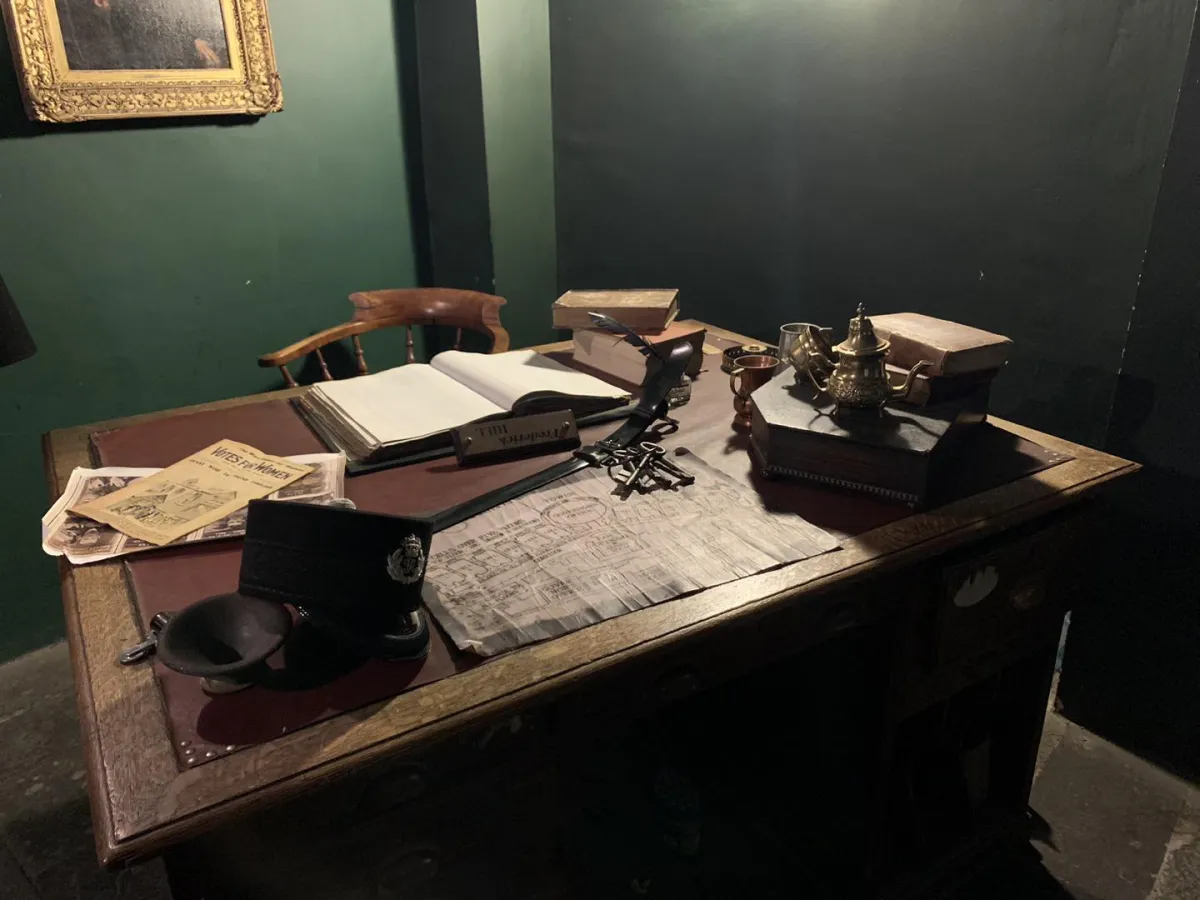
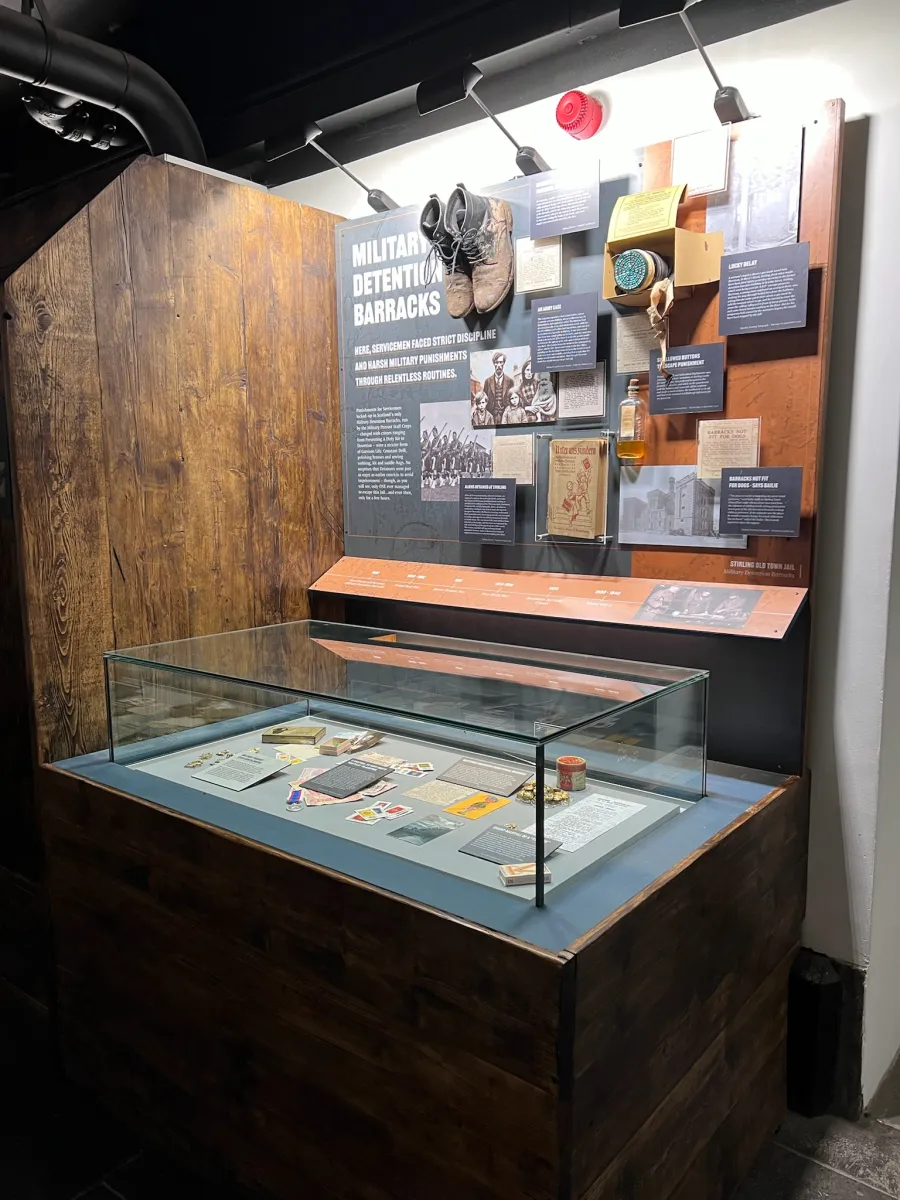
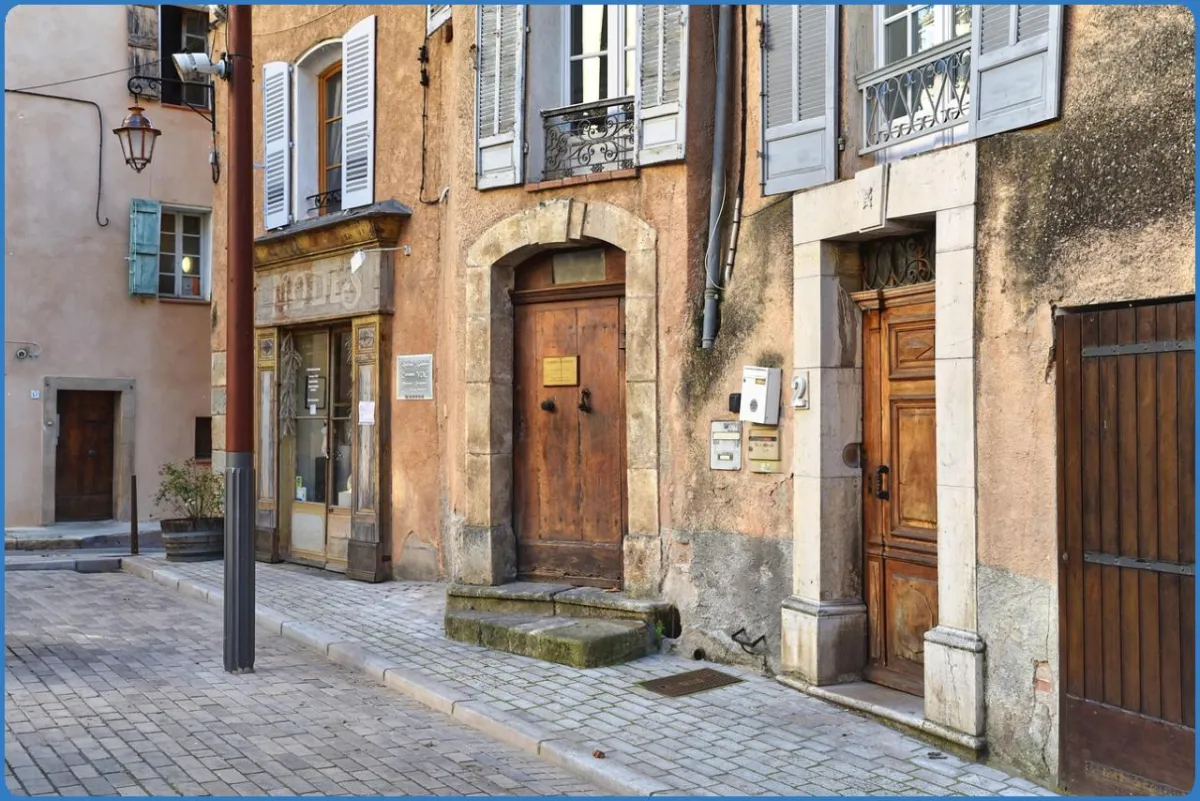
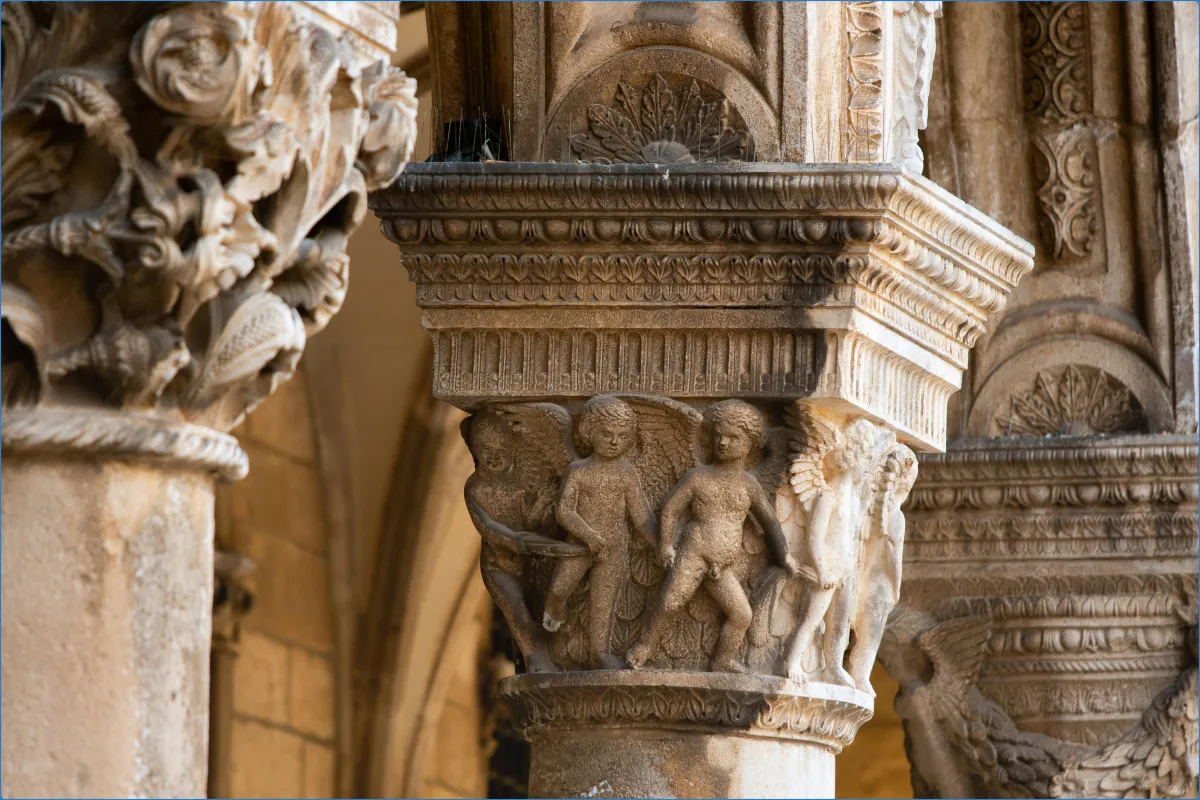
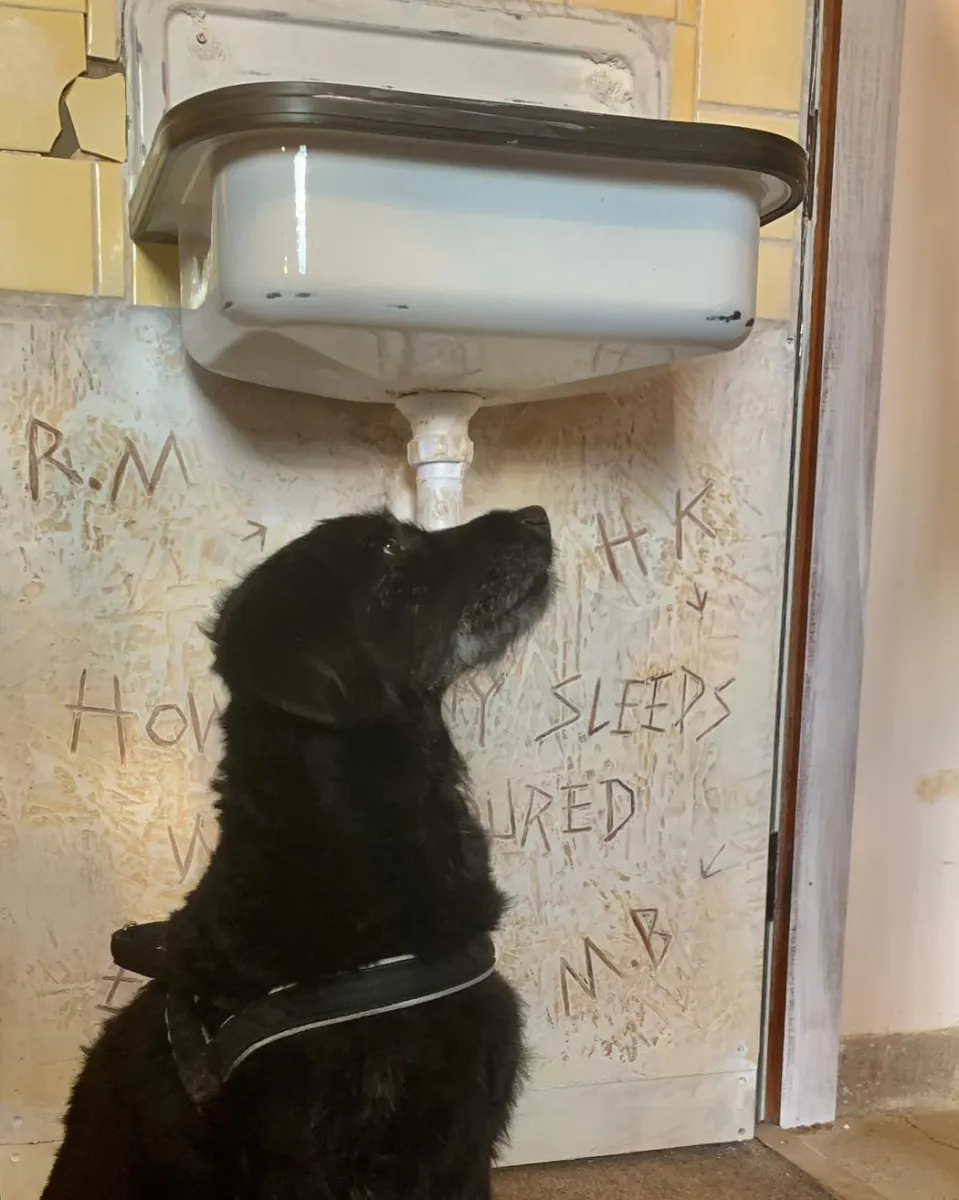
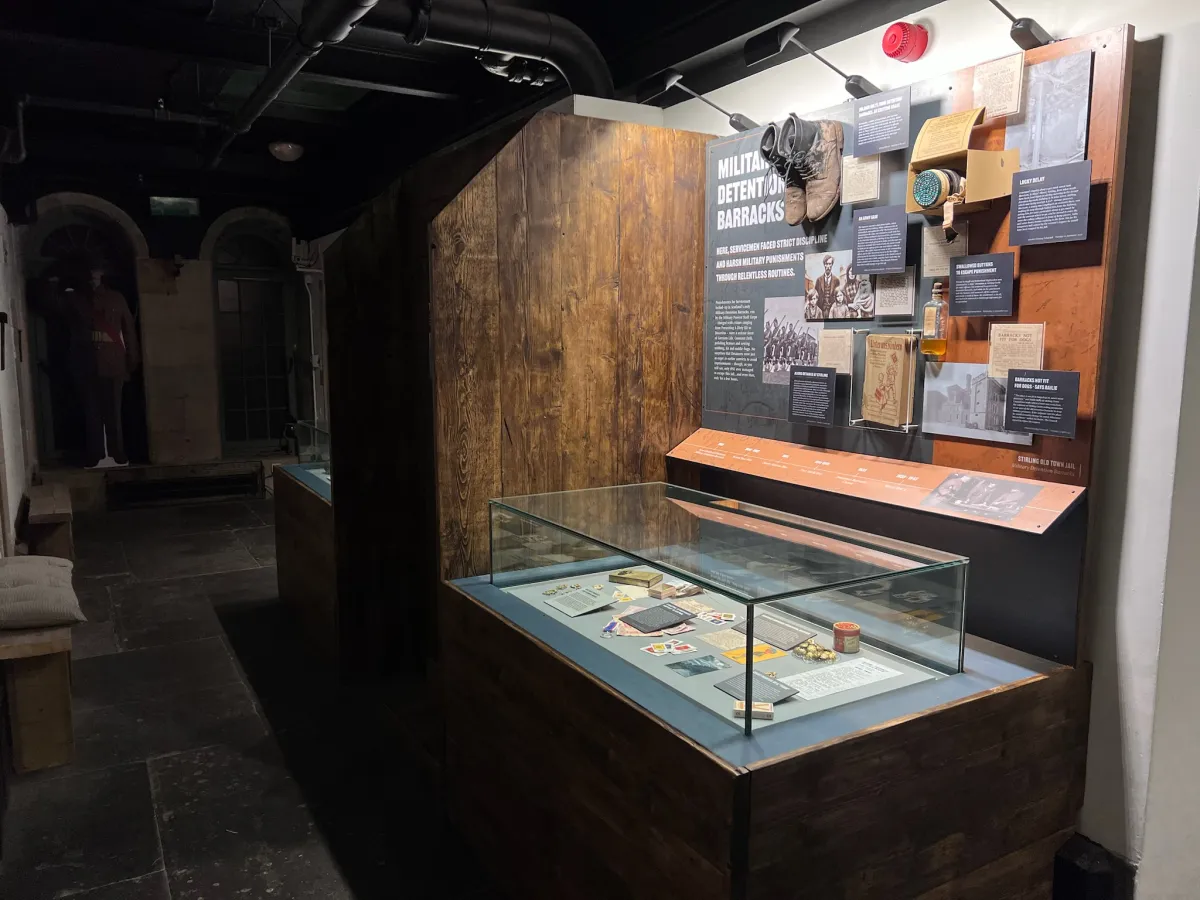
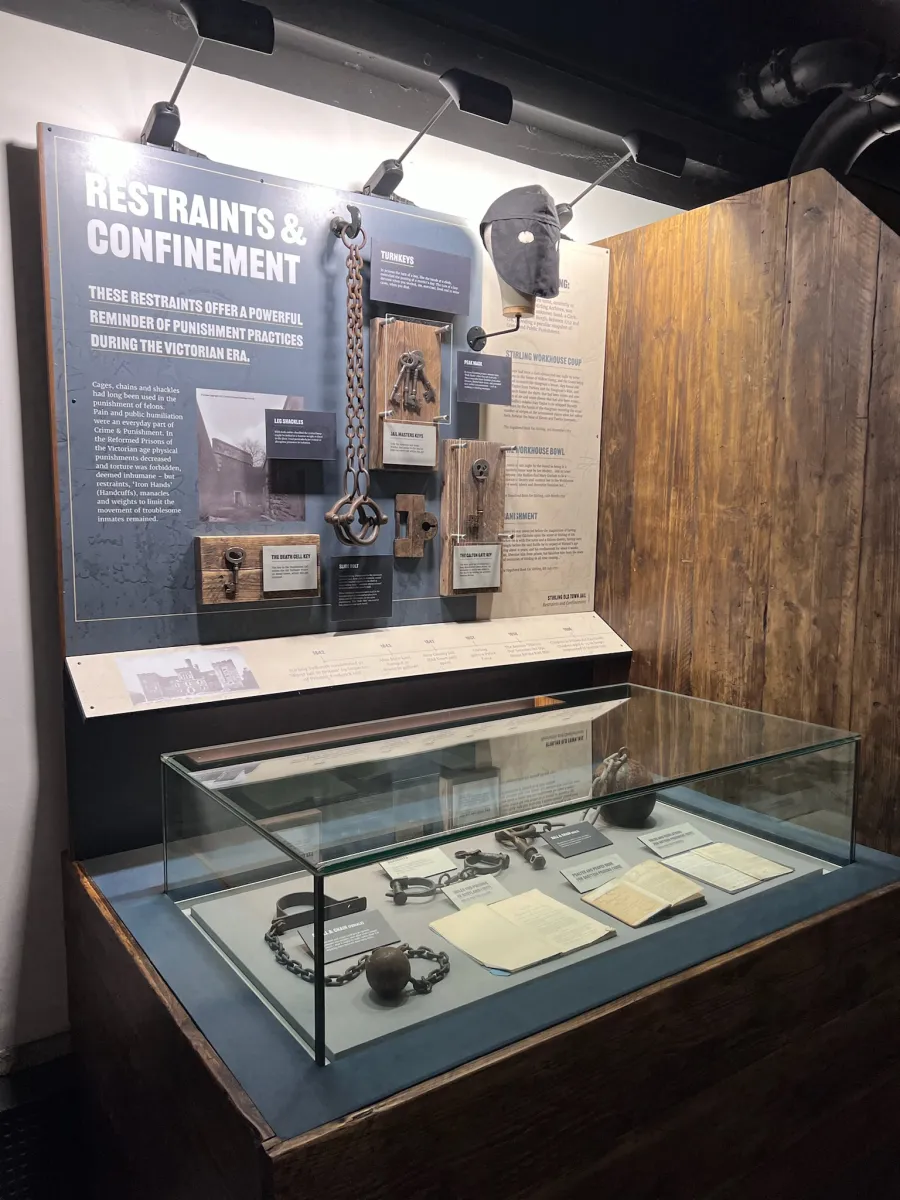

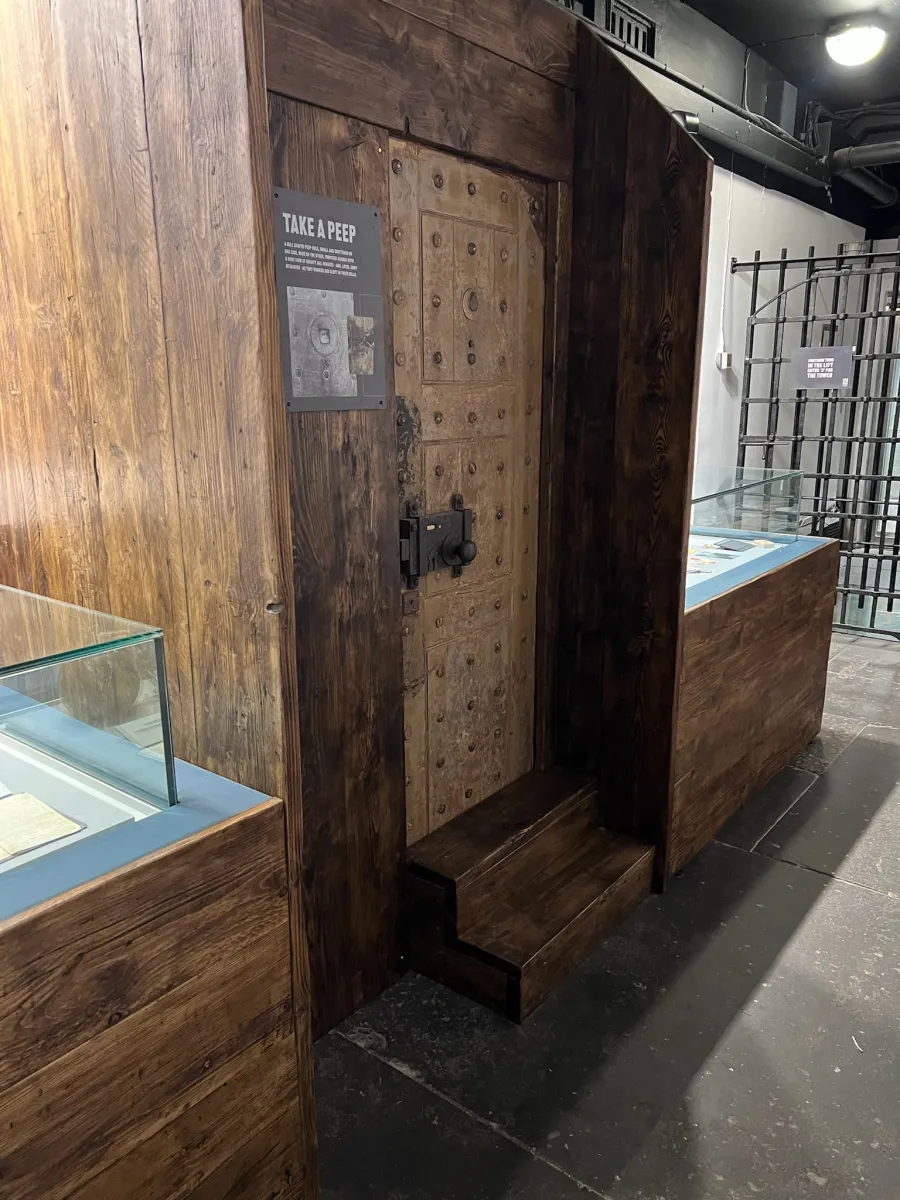




Comments